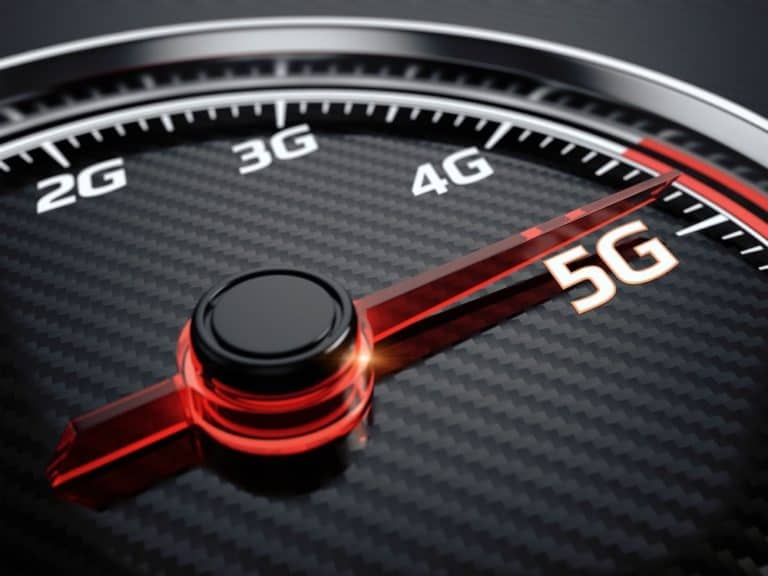Intel is advancing the rollout of its first 5G modem by six months. The so-called XMM 8160 5G multimode modem will be available for manufacturers of end products in the second half of 2019.
With this step, the chip manufacturer wants to support the worldwide implementation of 5G networks. The modem offers Intel 5G connectivity for smartphones, PCs and gateways, with peak speeds of up to 6 Gbps.
We have made a strategic decision to bring forward the launch of this modem by six months to provide a leading 5G solution, as we see high demand for the advanced features of the XMM 8160, explains Cormac Conroy, vice president and managing director of Intels Communication and Devices Group.
According to Intel, the modem supports both stand-alone and non-stand-alone 5G NR deployments, as well as 4G LTE, 3G and 2G in a single chipset. It would also support millimeter wave (mmWave) spectrum, as well as frequencies between 600 MHz and 6 GHz for providers around the world.
The Intel XMM 8160 5G modem allows manufacturers to design smaller and more energy-efficient devices. This can be achieved without the complexity, power management and adjustment of the form factor of two separate modems for 5G and legacy connectivity, as is common with many competing 5G modems, said an Intel spokesperson against ZDNet.
Nokia and Ericsson
Devices using the XMM 8160 5G modem are expected to become available in the first half of 2020, according to Intel. Last September, Intel already revealed that the company’s 5G implementation technology would be used by both Nokia and Ericsson.
According to Nokia, there are three main areas of cooperation between Intel and Nokia: the AirFrame, AirScale and ReefShark products. Jawad Manssour, head of Networks Portfolio Management at Ericsson, announces that he is working with Intel with 5G vendors around the world, including T-Mobile, AT&T, Deutsche Telekom, Vodafone Group, Swisscom and Telefonica.
Related: The future of 5G: where do we stand today?
This news article was automatically translated from Dutch to give Techzine.eu a head start. All news articles after September 1, 2019 are written in native English and NOT translated. All our background stories are written in native English as well. For more information read our launch article.

















